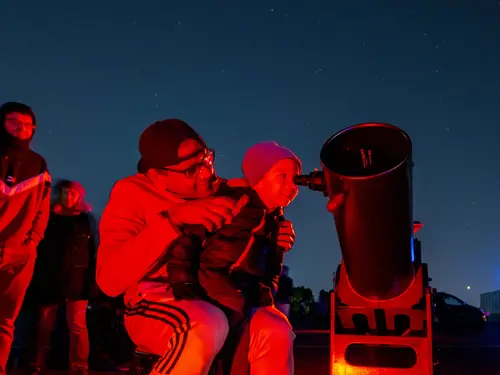Defending Planet Earth
What does it mean to defend our planet?
Asteroids, comets, and meteors - these are the objects in space that scientists at agencies like NASA and the Department of Energy keep an eye on to make sure we are prepared in case one of them threatens the safety of our planet.
The asteroids and comets that orbit the Sun like the planets and have orbits that come within 30 million miles of Earth’s orbit are called Near-Earth Objects (NEOs).
According to NASA's Planetary Defense Coordination Office, in May 2023, 10 near-Earth asteroids passed closer to the Earth than the Moon. In the past year there were 103 near-Earth asteroids!
Potentially hazardous asteroids are NEOs that are orbiting close to Earth and are larger than 100 meters (328 feet), which is the length of a soccer field. There are five potentially hazardous asteroids that have already been studied using space probes - Bennu, Didymos, Itokawa, Ryugu, and Toutatis.
What is the difference between asteroids, comets and meteors?

















